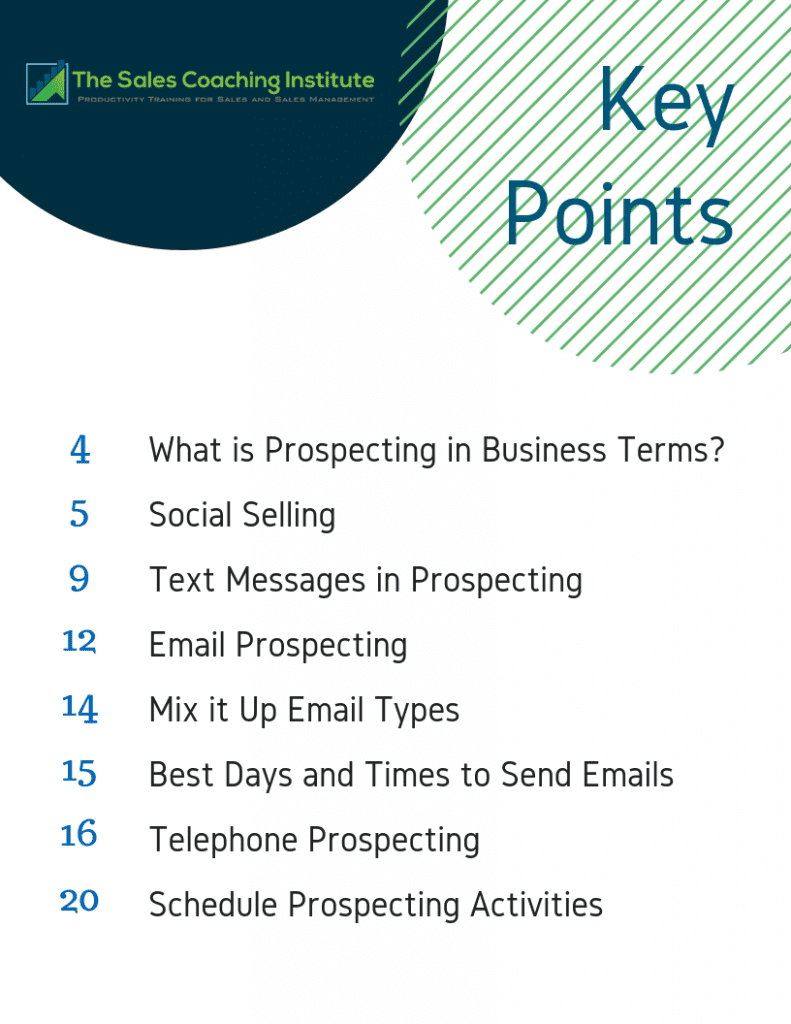As many people know, in sales; finding success is very much about building relationships. Even the most profitable and successful sales pros know that without taking the time to develop strong relationships with their customers; they will not find success. It is important to take steps to cultivate and capitalize on client relationships so that you can build a strong bond with your client. This will result in future success.
Step One: Cultivate By Networking
You can’t build strong client relationships without first getting the clients. Start looking for clients by networking. Asking for referrals and reaching out to people through mutual contacts is also a great way to begin a client relationship.
Step Two: Develop a Client Relationship Base
Before you can capitalize on the fact that you have a strong relationship with your client you will want to start building a strong client relationship. Asking questions and getting to know the client and what their needs and wants are is a great start. Go the extra distance and offer them free advice and your professional opinion whenever possible.This way you well be sure to earn their trust; proving that you are trying to do more than just close a sale.
Step Three: Get Sales By Offering Them What They Want
Once you have developed a strong relationship with a client you can start capitalizing on that relationship to get the sales you are looking for. However, before closing a sale you will want to make sure that you keep your customer happy to show them your loyalty. Don’t be afraid to offer incentives, gifts, discounts and more, especially if they are a repeat customer. Keeping old customers happy is often easier than getting new ones.
Step Four: Making Sure Your Client is Happy
After you have closed the sale you should always take the time to make sure that the client is happy. Take time to sit down with them and see if there is anything else you can do or anything else you could have done to make them happy. Keep in mind that a happy customer is a customer that will give you referrals.
Step Five: Building an Ongoing Relationship
Closing a sale based on a strong client relationship is not the end of the sales process; there is still more that needs to be done. You will want to make sure that you always end a sale not by saying ‘goodbye’ but by saying ‘see you soon’. You should always expect that you have built a strong relationship with your client and that you will be able to turn to this client again for a sale.
Join our sales training program now to see how we help you cultivate your relationship with new clients!









